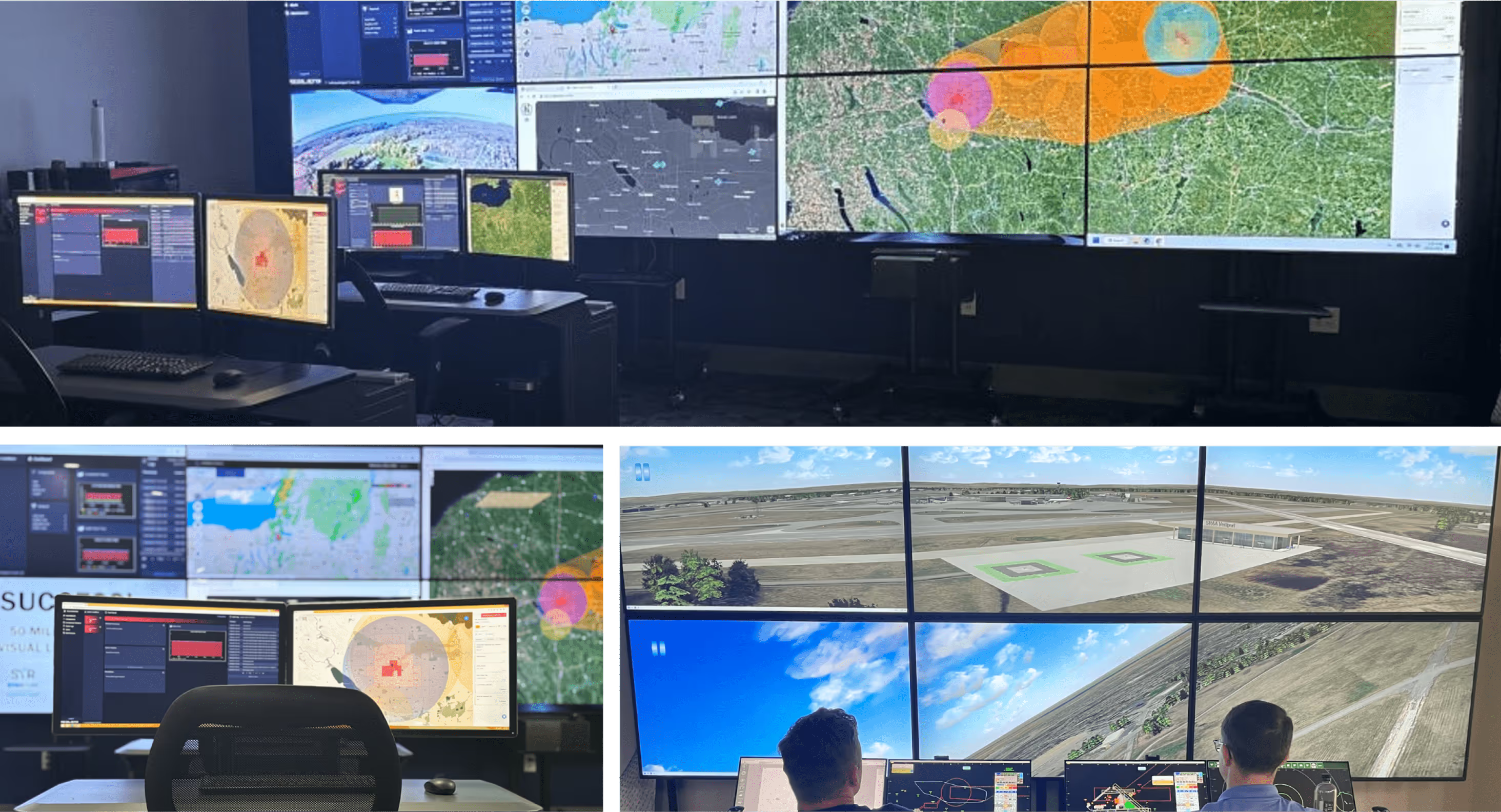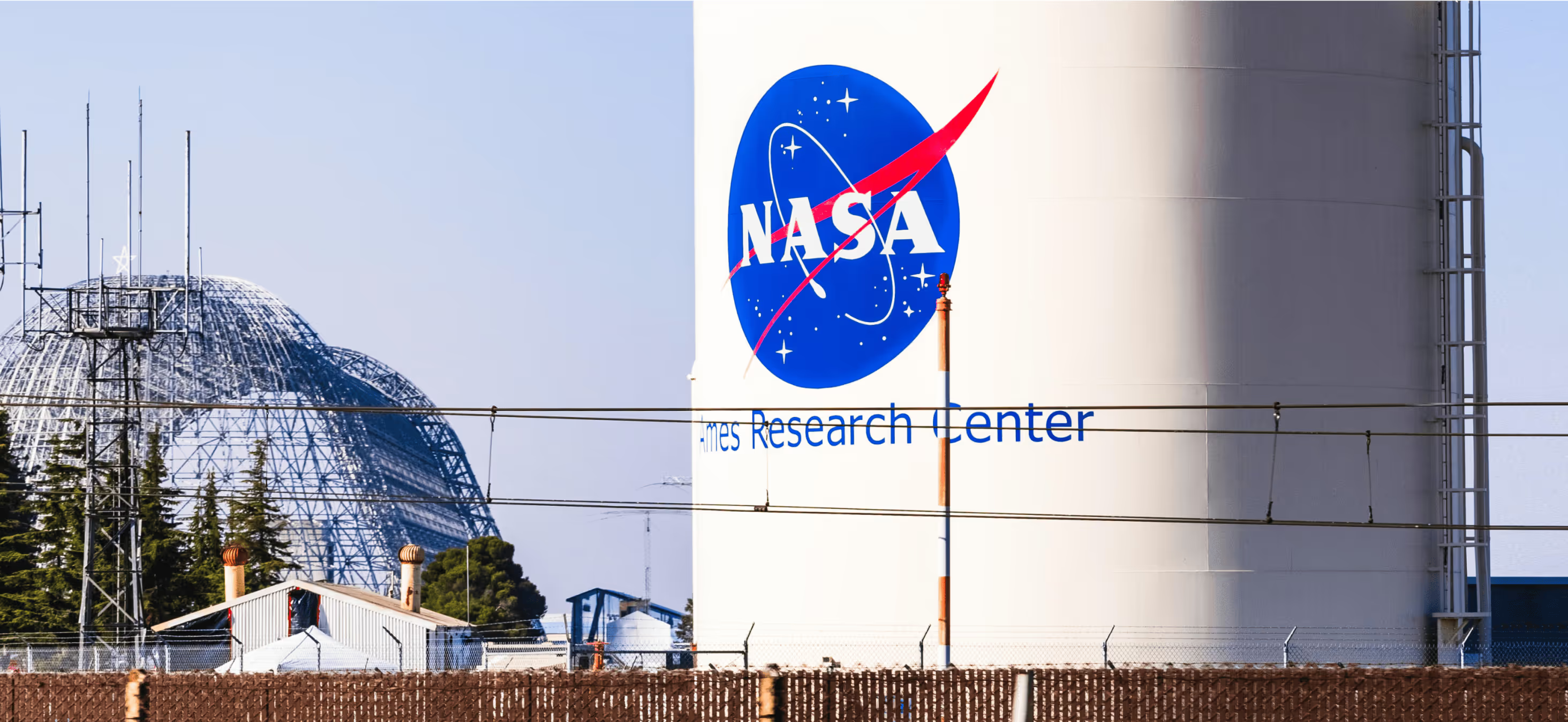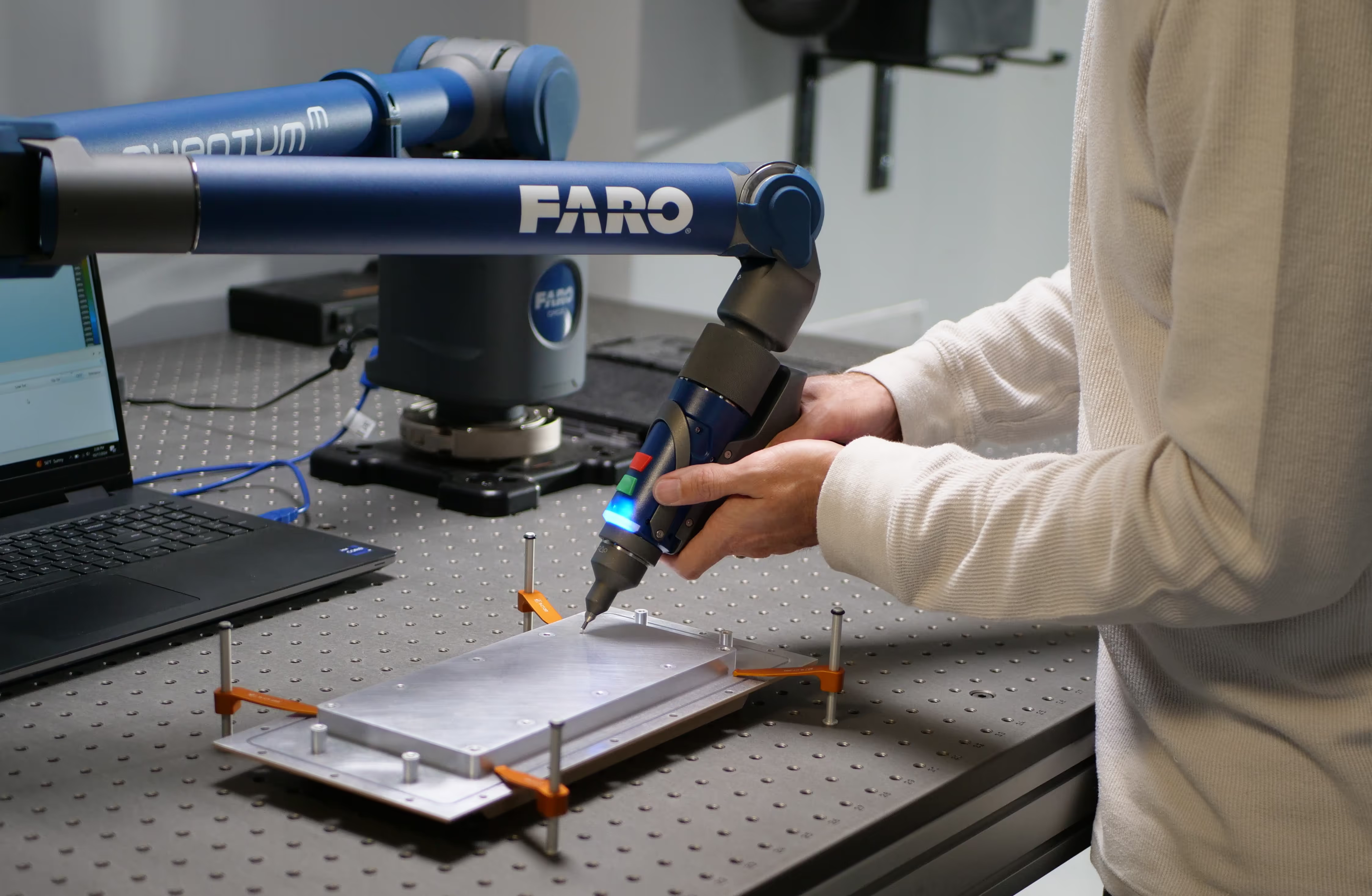Building a BVLOS Aviation Ecosystem in the NUAIR Operational Airspace.

MISSION OBJECTIVE
The NUAIR Beyond Visual Line of Sight (BVLOS) Operational Airspace is a key initiative driving economic development through innovations in Unmanned Aircraft Systems (UAS) and Advanced Air Mobility (AAM). As part of efforts to safely integrate UAS into the national airspace, NUAIR (Northeast UAS Airspace Integration Research Alliance) is developing a BVLOS ecosystem that supports commercial UAS applications and serves as a blueprint for AAM innovations. The success of this initiative requires a proven, robust system that can integrate a variety of airspace monitoring technologies and partners into a cohesive operating framework.
The Problem
To deliver advanced UAS outcomes, NUAIR needed to:
- Develop a scalable and secure BVLOS ecosystem that enables safe and efficient UAS operations beyond visual line of sight.
- Integrate multiple airspace detection technologies to provide a comprehensive view of UAS activity, including both cooperative (Remote ID-enabled) and non-cooperative UAS, and manned aircraft activity.
- Establish a common operating picture for all partners in the BVLOS ecosystem, harmonizing diverse technologies and platforms to advance AAM from theory to reality.
WHAT WE DID
To meet these challenges, Hidden Level deployed a UAS detection system designed to integrate with the broader BVLOS operational airspace infrastructure. This involved:
- Deployment of UAS Detection Sensors: Hidden Level deployed sensors strategically around critical infrastructure in the NUAIR BVLOS operational airspace to provide continuous UAS detection capabilities.
- Network Integration: We deployed a secure network backhaul for all sensors in the operational airspace, including our own UAS detection sensors, primary radar, and ADS-B receivers.
- Creation of a Common Operating Picture: In collaboration with the alliance partners, all sensor data was aggregated into a common operating picture (COP) using Hidden Level’s AMS API, allowing for seamless integration of data into the platforms used by BVLOS partners.
VALUE DELIVERED
1. Non-Cooperative UAS Detection Across Platforms: The system economically provided detection and tracking of non-cooperative UAS, extending capabilities beyond DJI platforms to monitor both common and uncommon commercial UAS operating within the BVLOS operational airspace. This was critical to ensuring the safety and integrity of the BVLOS airspace, as not all UAS operators broadcast their location or identify their aircraft via Remote ID.
2. Comprehensive Tracking of Cooperative UAS: The sensors reliably identified and tracked Remote ID-enabled UAS, giving partners clear visibility into cooperative UAS operations. This enhanced safety and operational awareness within the operational airspace and allowed for the integration of cooperative UAS data into the larger airspace picture.
3. Secure, Integrated Network Infrastructure: The network backhaul for all sensors in the operational airspace, including primary radar and ADS-B receivers, ensured the real-time data from multiple sources could be aggregated and shared with all partners in the ecosystem. This created a robust framework for complete airspace monitoring and management.
4. Unified Airspace Awareness: By aggregating data into a common operating picture and integrating it into BVLOS partner platforms, we enabled seamless collaboration among stakeholders. This integration allowed partners such as Aloft.ai, SkySafe, UFA, and ResilienX to share airspace data and collaborate on airspace management more effectively and in real time.
Conclusion
By deploying Hidden Level’s UAS detection technology in the NUAIR BVLOS operational airspace, we successfully contributed to the development of a comprehensive BVLOS ecosystem that advances commercial UAS outcomes and accelerates the path toward Advanced Air Mobility (AAM). By integrating multiple airspace technologies into a common operating framework, we have laid the groundwork for safe and scalable UAS operations, helping turn AAM from theory into reality.









%20(1).avif)

